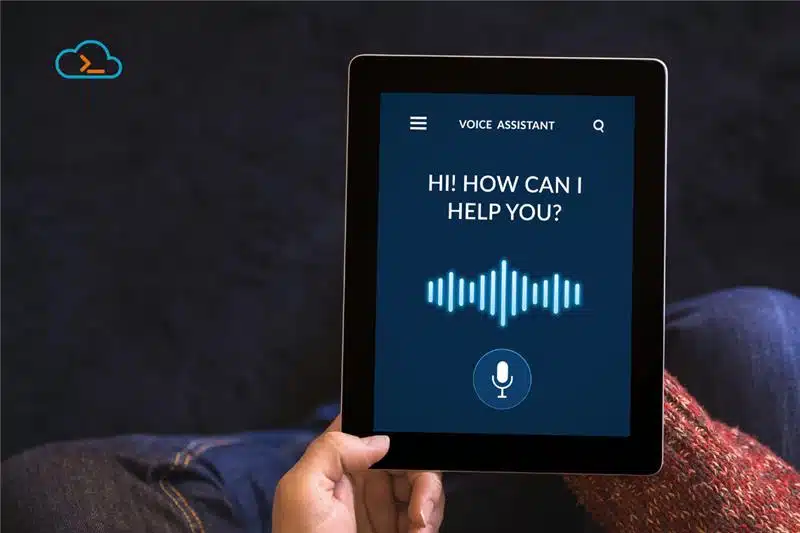People use social media to connect with businesses in today’s digital world. And they expect companies to be on the social side to provide help when they need it. Using social media to help your consumers is different from using the same social marketing tools. Customer service, customer service for e-commerce, and customer service for business. in social media can help strengthen relationships and maintain the credibility of your brand.
People want the brands they interact with to offer social customer support and the whole point of providing customer service is to keep customers happy. The following are 6 key elements of using social media for customer service, customer service for e-commerce, and customer service for business.

1. Respond quickly on social media:
Most customer service forms are not usually supposed to be available 24/7 via phone and email. But customer service from social media has generated an “always-on” assumption. That means the best social media customer service approach is to respond to inquiries, feedback, and complaints as quickly as possible. Timely answers are compensated on social media customer service enquiries.
Social media response times are definitely an important factor for a customer service campaign to concentrate on and participate in. It can not only strengthen a customer relationship but can also boost sales in the right context! Replying as quickly as possible is an important aspect of customer service, customer service for e-commerce, and customer service for business.
2. Know which public or private socia media posts to solve:
Develop a strategy to provide clear direction for your business on how to handle customer service via social media. Guidelines are important to monitor and follow since consistency can only reinforce your overall brand construction. Identify which conversations should become private — whether moving to direct mail, email, or telephone.
In every company, this method looks different but follows a general structure. In the case of direct messages involving analysis, respond immediately to let the sender know the message was received and a response is coming soon. In customer service, customer service for e-commerce, and customer service for business knowing which public or private social media posts to sole plays a vital role.
3. Reply to all feedback, questions and comments on social media:
Every question on social media requires updates, analysis, and check-in. It is one of the main best practices in social media customer care. A consumer just needs to be heard! Since there are so many comments that the public can view, businesses have an incentive to be attentive to everyone via social media. Just like no business in its store will neglect a customer, no business would leave a message unattended online! Reply to all feedback, questions, and comments on social media for effective communication in customer service, customer service for e-commerce, and customer service for business.
4. Include a greeting with names or initials, and be transparent:
In customer service, customer service for e-commerce, and customer service for business always Include a greeting with names or initials and be transparent. If a name is obvious from the social profile of your customer, please do not hesitate to use it with a greeting. It helps the customer feel noticed by an actual person and also allows the business to see who replied if a disagreement occurs.
This creates reckoning on both sides of the coin. These are easy things to include which considerably soften a response. Giving your name to a customer immediately humanizes the brand. It gives them someone to talk to directly if they are interested in continuing the discussion.
5. Fight negativity with social media positivity:
When you post a negative message, companies can be inclined to defend themselves. In customer service, customer service for e-commerce, and customer service for business positivity always meets negativity. When a customer complains in the store, maybe three additional customers could overhear. When a customer complains on social media, it could potentially be seen by every single customer in their news feed! Remaining positive also helps your loyal customers get support.
Brainstorming positive responses can be a crucial piece of your social media customer service strategy, depending on how likely your business is to be on the receiving end of social media negativity. The most important thing is to show you the customer’s opinion, care, and gratitude, no matter if it started negative. It goes a long way to show empathy in your comments by using social media for customer service.
6. Use social media to monitor customer service with a tool:
In customer service, customer service for e-commerce, and customer service for business use social media to monitor customer service with a tool. The incoming customer service moderator through social media should be given the same training traditional representatives receive, and a tool to assist their process. This holds true, no matter if you are a company with a new presence in social media or, a company that has long owned social media accounts and is using social media for customer service purposes only now.
Customer service social media training is often included as part of the price of an online tool or software. Use that to your advantage! Because social media is never “closing,” tools can notify you with a text or an app — even if your business is off hours.
Conclusion:
Social media plays a big part in the success of brand loyalty and activism in customer service, customer service for e-commerce, and customer service for business. Using social media for customer support will take the digital group to the next stage, with the right planning and listening tool. Be prepared to use your social media platforms to support clients by incorporating the six key elements provided here. To avail more info, drop an e-mail to contactus@kloudportal.com




